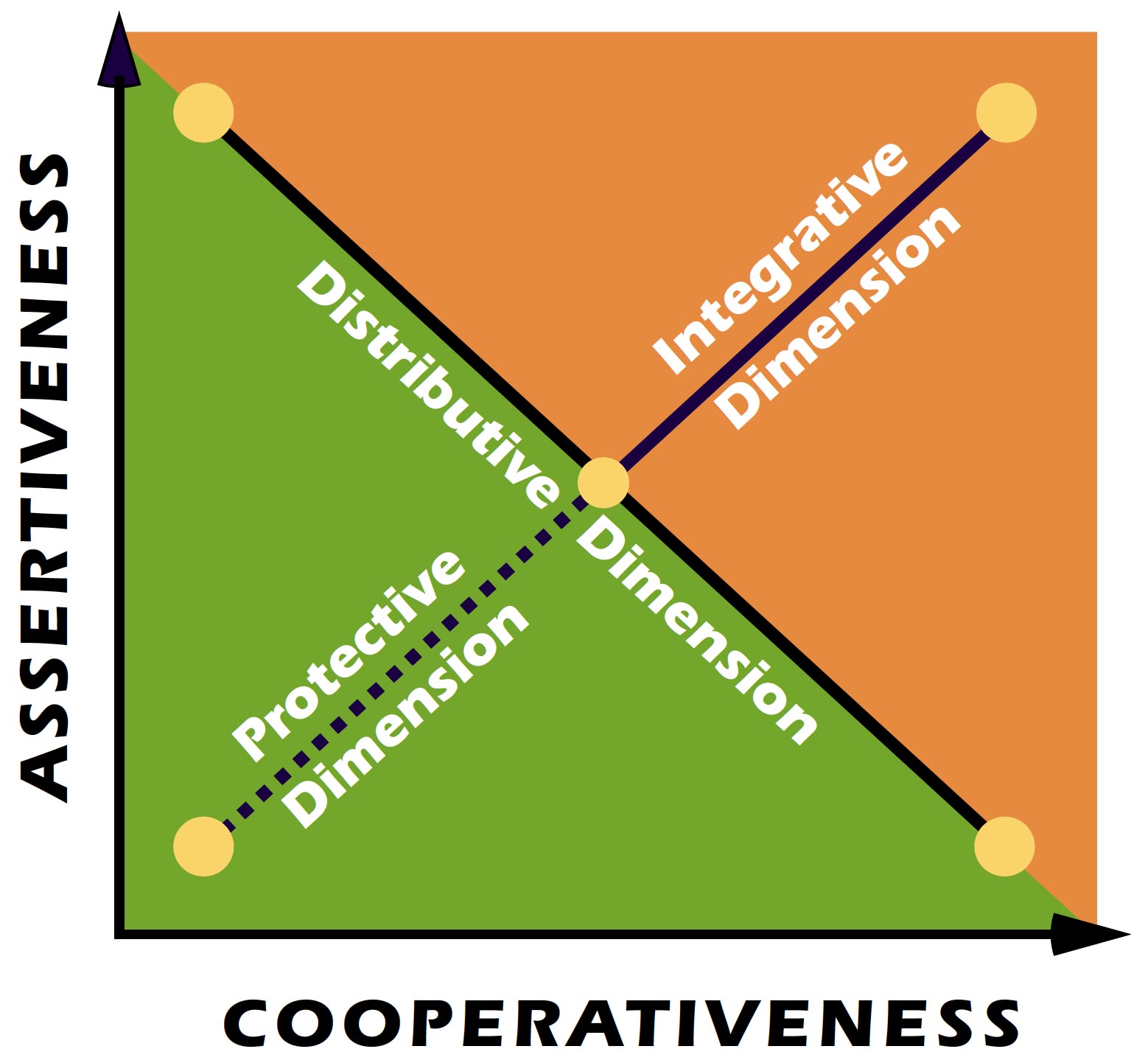16 Oct How Do You Know If You’re Using the TKI Successfully?
Ralph H. Kilmann, co-author of the Thomas-Kilmann Instrument (TKI)
Defining success in using any assessment tool with clients, which necessarily includes applying the theory or model behind the assessment, is very complex and thus depends on a great variety of criteria that stem from different stakeholder needs and perspectives. For the sake of convenience, however, I find it useful to sort the “success factors” into (1) the PROCESSES of using the assessment/model and (2) the OUTCOMES from using the assessment/model.
Regarding processes, for me, success in using the TKI tool is my own self-assessment of how well I administered the TKI: how well I explained to my clients the way in which they should respond to the TKI’s instructions and its 30 A/B items—given the particular needs and context of all the persons involved in a conflict situation. Actually, I look to my clients’ eyes, their facial expressions, their body language, and, of course, what they say or ask during this process… to determine if my intentions and communication are being received. I guess it is reading the various “social cues” and also establishing “rapport” so I am confident that my clients have the best chance of accurately taking the TKI and then understanding its results.
Along the same process lines, I also try to develop rapport when I make use of the TKI Conflict Model (even if not preceded by the taking the TKI) to help people see their conflicts and prior approaches on the dimensions of the model: the distributive dimension, the protective dimension, and the integrative dimension. Naturally, I use the five conflict modes on the model to define these diagonals (also including the underlying dimensions of assertiveness and cooperativeness) and thus highlight the dynamics that seem to be preventing people from resolving their differences. I think as we facilitators develop our own “emotional intelligence,” we can use that empathy to assess how people are responding to our efforts to provide an effective process for taking—and learning from—the TKI assessment.

In the process of using the TKI and its underlying model, I ADJUST what I am saying and how I am conducting myself in order to elicit the rapport and connection that leads me to believe that the TKI and the TKI Conflict Model have the best chance of helping the people in conflict.
MOST IMPORTANT: If I have another consultant/coach/student with me in the client situation, I also have the opportunity to get feedback on the process… later when I can ask: “What did you see in terms of how the people responded to my administering the TKI and then explaining the results or dealing with the conflict using the TKI Conflict Model?” In some cases, when appropriate, I can also ask my clients for feedback, after the fact. Such feedback from colleagues and clients usually adds significantly to what I can self-assess on my own (with my biases, etc.) about the success of the key processes in using the TKI assessment.
Regarding the OUTCOMES of the client session, success comes in many forms. For one, if we are able to achieve a synthesis, using collaborating on the integrative scale, then each person walks away with his or her needs meet. The nature of the resolution, what people say, their body language, etc. will tell me if we have achieved this desired—ultimate—level of success.
But often, the conditions for achieving a collaborative solution are not present and cannot be established in the short term (trust, a culture of mutual support, good communication and listening skills among the persons involved, and so on) and thus success involves getting needs met to some extent (via compromising, for example, or some combination of competing and accommodating for one aspect of the conflict or the other). However, other times, avoiding the conflict is a success, since the people will spend additional time examining their assumptions, collecting more information, pondering what they really want and need, etc., which will lead to a successful outcome in the future.
Thus, regarding the content and resolution of the conflict, if a synthesis cannot be achieved (and when that’s the case, it’s usually pretty obvious to all), we must look to success via the other possible outcomes SINCE the conditions for success with a synthesis were just not possible to establish. This recognition suggests that another parameter of success is whether we can help people create the conditions in their situation so they can use EVERY conflict mode as needed, which includes using the collaborating mode to achieve a synthesis even if sometime later.
Kilmann Diagnostics offers a series of eleven recorded online courses and nine assessment tools on the four timeless topics: conflict management, change management, consciousness, and transformation. By taking these courses and passing the Final Exams, you can earn your Certification in Conflict and Change Management with the Thomas-Kilmann Instrument (TKI). For the most up-to-date and comprehensive discussion of Dr. Kilmann’s theories and methods, see his 2021 Legacy Book: Creating a Quantum Organization: The Whys & Hows of Implementing Eight Tracks for Long-term success.





